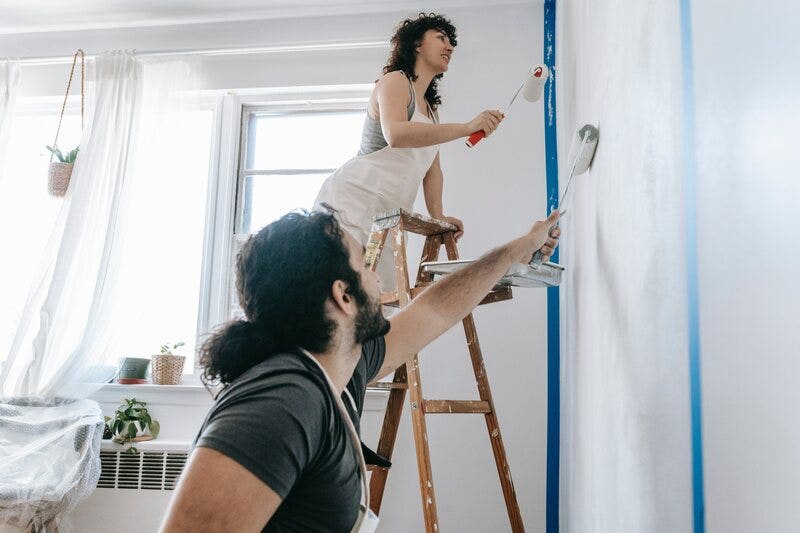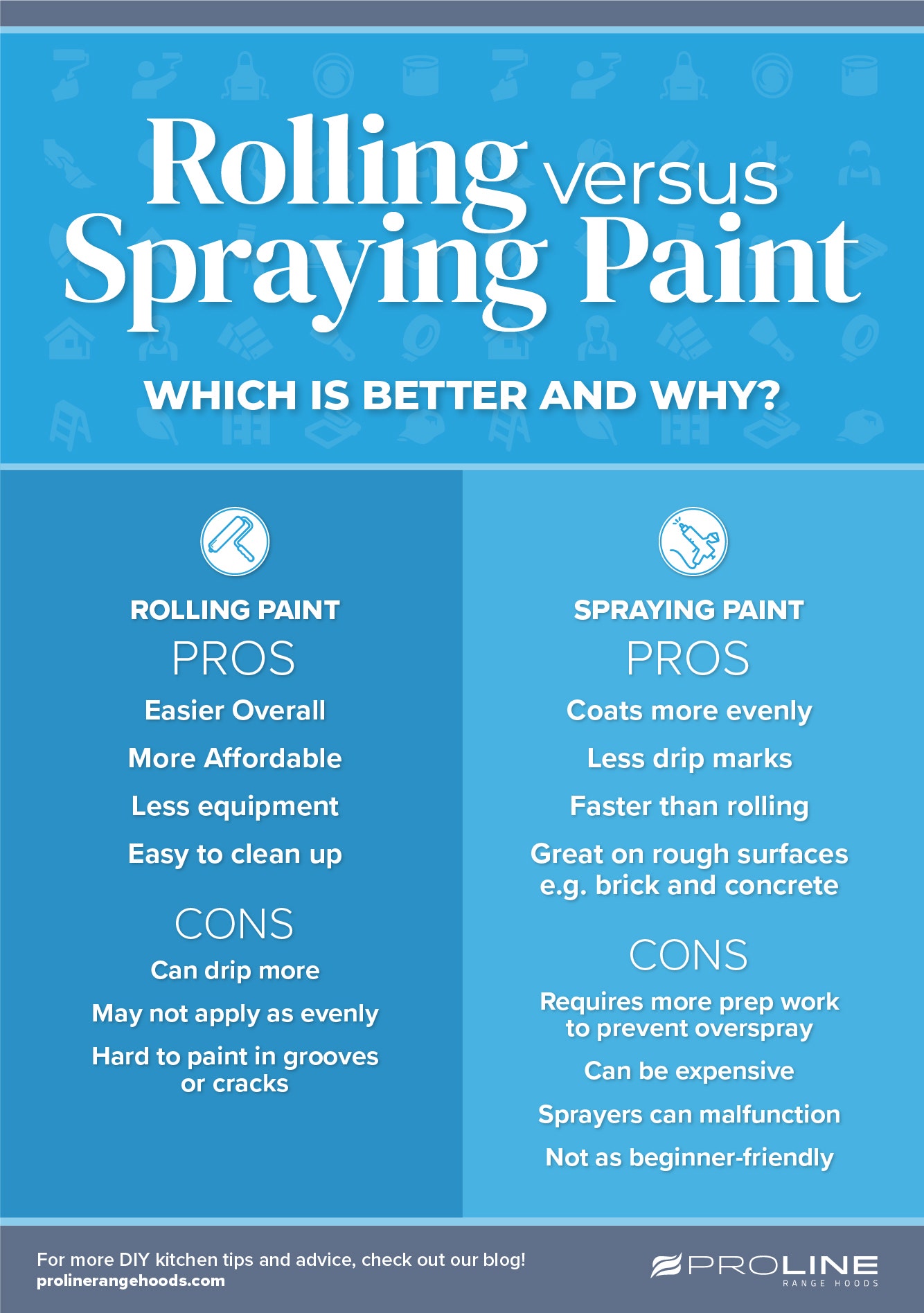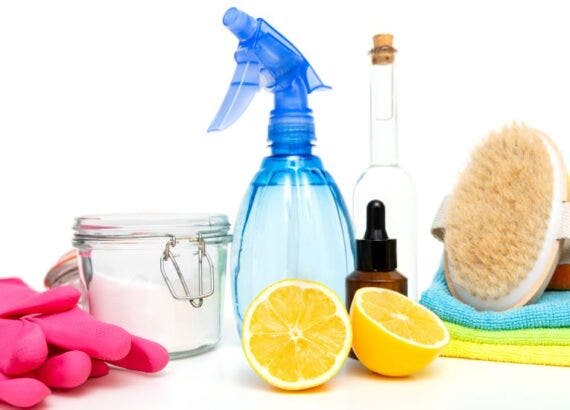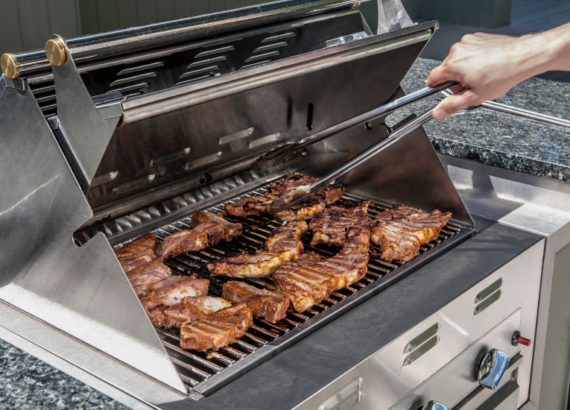Spraying Paint vs. Rolling Paint – Which is better and why?

Are you getting ready to paint your home? Whether you’re getting ready to paint inside or outside, one of the first questions that may cross your mind is: Which is better – spraying paint or rolling paint?
There are many specific advantages and disadvantages to spraying paint vs. rolling paint. Generally, rolling paint is the most beginner-friendly. Spraying paint takes a lot of prep but the time to paint is faster. A lot of heavy taping and masking is required to prevent overspray. A sprayer more consistently applies paint than a roller, too.
A roller is best for painting interior walls. A sprayer can work on both interior and exterior walls. In addition, you can paint brick, concrete, and other rough surfaces with a sprayer. With a roller, the paint wouldn’t apply evenly. It’d be too much of a hassle to try and roll on those surfaces.
Check out the video below to learn more about spraying paint vs. rolling paint. In the video, one person rolled paint in a room and the other sprayed a room. They found that the texture of the paint was about the same when it comes to rolling vs. spraying.
But they noted that it takes a lot of time to set up the sprayer and manage it. Problems can come up while you’re painting, too. Not to mention that cleaning the sprayer can take a while.
Spraying Paint vs. Rolling Paint – Pros and Cons

Spraying Paint Pros
Applies even coating
A sprayer applies a consistent coating to your wall. The coverage of your sprayer depends mainly on the type of nozzle you use. Typically sprayers will come with a few different nozzles that you can test out.
The more coverage the sprayer gives, the thinner the paint goes on. So if you are using a nozzle that sprays pretty wide from the center, you may need more coats than usual.
Fewer drips (if you know how to use it)
The parentheses are important here. Spraying is not the best method for first-timers unless you learn fast.
For the best results, hold the sprayer about a foot away from the wall when painting. If it’s any closer than that, you’ll be rushing to catch drips before they hit the floor. You can use a brush or roller to catch drips. If you’re alone, a brush is easier to handle and maneuver. A roller will be kind of clunky and you could easily drop it by accident, getting paint everywhere.
If you’re spraying paint for the first time, ask a friend for help. As you spray the wall, have them go along with a brush or roller and catch any drips.
Time to paint is much faster than rolling
The important distinction here is “time to paint.” Prep is a different story and we’ll go over that later. But once you get everything prepped for painting, the actual spraying is much quicker than rolling.
Gets into the hard-to-reach grooves of your wall
A sprayer is great at reaching areas that a roller can’t. You can paint corners, grooves, and cracks quite evenly. To do the equivalent with a roller, you’d need a few different-sized rollers. This isn’t bad but it requires an extra step.
Works great outdoors or on rough surfaces like brick and concrete
A sprayer is incredibly versatile. You can apply paint on some of the most porous or rough surfaces. The best part is it goes on evenly. The main thing to consider when spraying brick, concrete, or other outdoor surfaces is the number of coats.
How quickly is the surface absorbing paint? If the surface absorbs paint fast, you’ll likely need several coats.
It can sometimes be helpful to lightly spray the surface and let some water absorb into it before painting. Some materials are incredibly porous and you’d pour a lot of money into paint for your project. Giving the material some water to absorb can cut down on that cost.
Can paint walls or ceilings
Since sprayers apply paint evenly with few drips, they are great for walls and ceilings. Some ceilings in today’s home are popcorn ceilings, too. This is a rougher texture that won’t allow you to roll paint evenly. But spraying is no problem.
Spraying Paint Cons
Requires a lot of prep work to prevent overspray
For most people, the biggest con to spraying paint is the prep work. This includes getting the sprayer ready for use, learning how to use it, masking, taping, laying out paper to protect your flooring…it’s a lot of work.
So, why all this prep? The main reason is because of overspray. Overspray refers to spraying outside the area you wanted – perhaps onto baseboards, windows, and the like. This can be a real pain to clean up. So, make sure to do the prep work to increase your efficiency.
Sprayers can be expensive
Most paint sprayers range from about $100 to $300. You can also find professional sprayers for over $300. These aren’t meant for most homeowners, but more for contractors or other professionals who do a lot of painting.
Sprayers can malfunction
To save money, you might be thinking that you could just buy a cheap sprayer. But you need to look closely at the quality and reviews of the product. If you’re using the sprayer for one project only, you can invest in one closer to $100. If you’ve got several projects lined up, consider a more durable, high-end sprayer.
Finding a reputable brand is key too. Depending on the company, they may be incredibly responsive or not at all. Great customer service is a huge asset when selecting a sprayer for your project. In case it goes wrong, you’ll have a number to call for replacement parts or to answer any questions you may have.
Visit the brand’s website to see what types of products they sell. Do they specialize in paint sprayers or manufacture a ton of different products? Are they a recognizable name? Again, look at the reviews to hear from real people about the product.
Not beginner-friendly
Most first-time painters should stray away from using a sprayer. It can be a hassle just figuring out how to use the machine. You could accidentally press a button. Or, slip and paint something you didn’t want to. Rollers are much simpler alternatives where there’s more margin for error.
Rolling Paint Pros

Easier than spraying – great for beginner DIYers
Rolling paint is the simplest method for painting. All you need is a roller, paint, and a tray. Of course, you’ll need to do some initial masking and taping. But the painting process is about as simple as it gets.
Be sure to not overload the roller. You’ll be scrambling to catch several drips before they hit the floor. If you’re new to painting, err on the side of putting less paint on your roller.
Affordable
As far as cost goes, the biggest investment will be the paint you need. The equipment itself is pretty inexpensive. Depending on your project, you might need a few different sizes of rollers. Also, clearly, you’ll want different trays for different colors of paint. But the trays are cheap.
Doesn’t require much equipment
You don’t need a lot of tools to roll paint efficiently. Paint, a roller, and a tray. If you’re a new painter, the most important thing is to mask and tape well. This will give you more flexibility if you make a couple of mistakes while painting.
Easy clean up
The roller can be cleaned with some soap and warm water. Just make sure to clean the roller before it dries. If you accidentally leave a roller out with paint on it, just buy a new one. Don’t bother trying to salvage it. Buying a new roller or two won’t be a huge hit to your budget. Brushes can be cleaned with soap and warm water as well.
As far as the trays go, you can just throw those out when you’re done.
Can use a roller extension for hard-to-reach areas
While a roller doesn’t get into the hard-to-reach areas as well as a sprayer, it can still be a practical option. If you have high ceilings, invest in a roller extension or simply buy a long roller that suits your needs. It’ll reach areas that a sprayer can’t.
Keep in mind that the further away your roller is from the ground, the harder it’ll be to maneuver. So be extra careful when painting those high areas!
Rolling Paint Cons

For interior use only
Most rolling is done inside. There might be some exceptions where you’re painting a wall in an enclosed outdoor area. But typically those surfaces are brick, concrete or another rough material. Spraying is ideal for those surfaces.
May have to catch a lot of drips
Especially for new painters, you might see a lot of drips as you paint. It’s important to catch those to achieve a smooth coat, but it can be kind of difficult. Consider bringing a friend to watch your back as you paint. Have them catch the drips as you roll to make your job a little more manageable.
May not apply as evenly as a sprayer
In most cases, rolling paint does not apply as consistently as a sprayer. Each time you dip your roller into the paint tray, you’ll get a different amount of paint on it. You also might roll over one area of the wall four times and another two times. So the main challenge is to make the coat as even as possible.
Experienced painters will be able to paint evenly with a sprayer. But exercise caution if you’re a beginner.
Doesn’t work well to paint in small grooves or cracks.
Rollers are not too versatile. You can buy different sizes, but they won’t ever be able to sneak into those tiny grooves. So you’ll need to have a few brushes on hand for the small areas. Between brushing and rolling, you can get as much coverage as you would with a sprayer.
Not ideal for popcorn ceilings or textured areas
Rollers need a smooth surface to be applied, well, smoothly. Popcorn ceilings and porous surfaces like brick and concrete require a sprayer for a smooth coat. Think about how much hassle painting the grout of each brick would be. You’d have to go in there with a brush if you didn’t have a sprayer. Not fun and certainly not efficient!
That’s all for our post on spraying paint vs. rolling paint. Hopefully you now understand which is better and why. In short, rolling is the go-to method for beginners, whereas those with some experience will find a sprayer more efficient.
If you have any other questions about spraying vs. rolling paint, check out our FAQ section below.
Frequently Asked Questions
Does spraying use more paint than rolling?
Yes, spraying uses about a third more paint than rolling. Paint travels through the nozzle in tiny droplets and some of them evaporate into the air. This is not the case when rolling paint. There is no way around this but the time saved by painting is often worth it.
Do professional painters use sprayers?
Many professional painters use sprayers because the prep time is not a huge time sink for them. But, some professionals can roll paint incredibly fast and evenly too. When rolling, you can put paint on thicker so it requires fewer coats.
Is it worth getting a paint sprayer?
If you’re just working on a one-off project, it’s not worth investing in a sprayer. Quality paint sprayers can cost anywhere from $50 to $300. If you have several projects lined up, a sprayer is well worth the investment.
Are paint sprayers good for indoor use?
Yes, paint sprayers are a great option for indoor use. Make sure to wear a mask so you don’t breathe in too many paint fumes. They require significantly more prep time than rolling, so spraying is not recommended for beginners.
Do you have to roll after spraying paint?
You don’t have to roll after spraying paint, but this can help the paint adhere to the wall and create a uniform coating. Rolling after spraying is called backrolling. Also, it can be helpful to use a roller to catch drips as you’re spraying. But a brush is a little easier to maneuver.
Is it better to roll or spray a ceiling?
Sprayers are typically the most efficient way to spray a ceiling. Some ceilings have rough textures which make rolling nearly impossible. When spraying, you’ll also have to deal with fewer drips. This is a huge plus when painting ceilings.
Do you need to thin paint for a sprayer?
Yes, in most cases you need to thin paint for a sprayer. Every sprayer is different so consult the manufacturer’s instructions to determine how to thin the paint. Water and paint thinner are two effective ways to thin paint for a sprayer.
Can you mix spray paint with regular paint?
You likely can’t mix spray paint with regular paint. Most “regular” paint is water-based latex paint, popular in interior areas. Whereas most spray paint is oil-based, so it won’t mix well.
Can you touch up spray paint with a brush?
Yes, but don’t apply much pressure and don’t overload your brush for the best results. If any drips have dried, you can lightly sand them down before touching them up with a brush.
How many coats do you need with a paint sprayer?
Two coats are highly recommended when using a paint sprayer. You might need more than two coats – for example, if you’re painting brick or concrete. You also might need less: if you used a primer, you can get away with one coat.

Related Articles
How much paint should I get for doors and trim?
75+ Breathtaking Outdoor Kitchen Ideas
Does spraying use more paint than rolling?
Yes, spraying uses about a third more paint than rolling. Paint travels through the nozzle in tiny droplets and some of them evaporate into the air. This is not the case when rolling paint. There is no way around this but the time saved by painting is often worth it.
Do professional painters use sprayers?
Many professional painters use sprayers because the prep time is not a huge time sink for them. But, some professionals can roll paint incredibly fast and evenly too. When rolling, you can put paint on thicker so it requires fewer coats.
Is it worth getting a paint sprayer?
If you’re just working on a one-off project, it’s not worth investing in a sprayer. Quality paint sprayers can cost anywhere from $50 to $300. If you have several projects lined up, a sprayer is well worth the investment.
Are paint sprayers good for indoor use?
Yes, paint sprayers are a great option for indoor use. Make sure to wear a mask so you don’t breathe in too many paint fumes. They require significantly more prep time than rolling, so spraying is not recommended for beginners.
Do you have to roll after spraying paint?
You don’t have to roll after spraying paint, but this can help the paint adhere to the wall and create a uniform coating. Rolling after spraying is called backrolling. Also, it can be helpful to use a roller to catch drips as you’re spraying. But a brush is a little easier to maneuver.
Is it better to roll or spray a ceiling?
Sprayers are typically the most efficient way to spray a ceiling. Some ceilings have rough textures which make rolling nearly impossible. When spraying, you’ll also have to deal with fewer drips. This is a huge plus when painting ceilings.
Do you need to thin paint for a sprayer?
Yes, in most cases you need to thin paint for a sprayer. Every sprayer is different so consult the manufacturer’s instructions to determine how to thin the paint. Water and paint thinner are two effective ways to thin paint for a sprayer.
Can you mix spray paint with regular paint?
You likely can’t mix spray paint with regular paint. Most “regular” paint is water-based latex paint, popular in interior areas. Whereas most spray paint is oil-based, so it won’t mix well.
Can you touch up spray paint with a brush?
Yes, but don’t apply much pressure and don’t overload your brush for the best results. If any drips have dried, you can lightly sand them down before touching them up with a brush.
How many coats do you need with a paint sprayer?
Two coats are highly recommended when using a paint sprayer. You might need more than two coats – for example, if you’re painting brick or concrete. You also might need less: if you used a primer, you can get away with one coat.







Comments are closed.